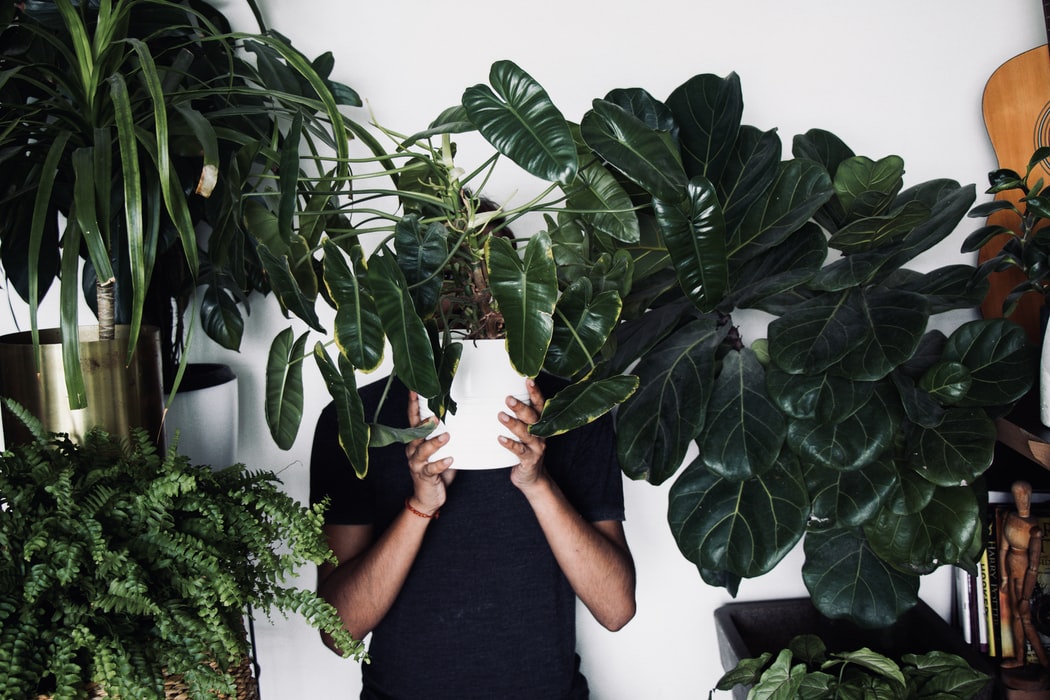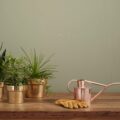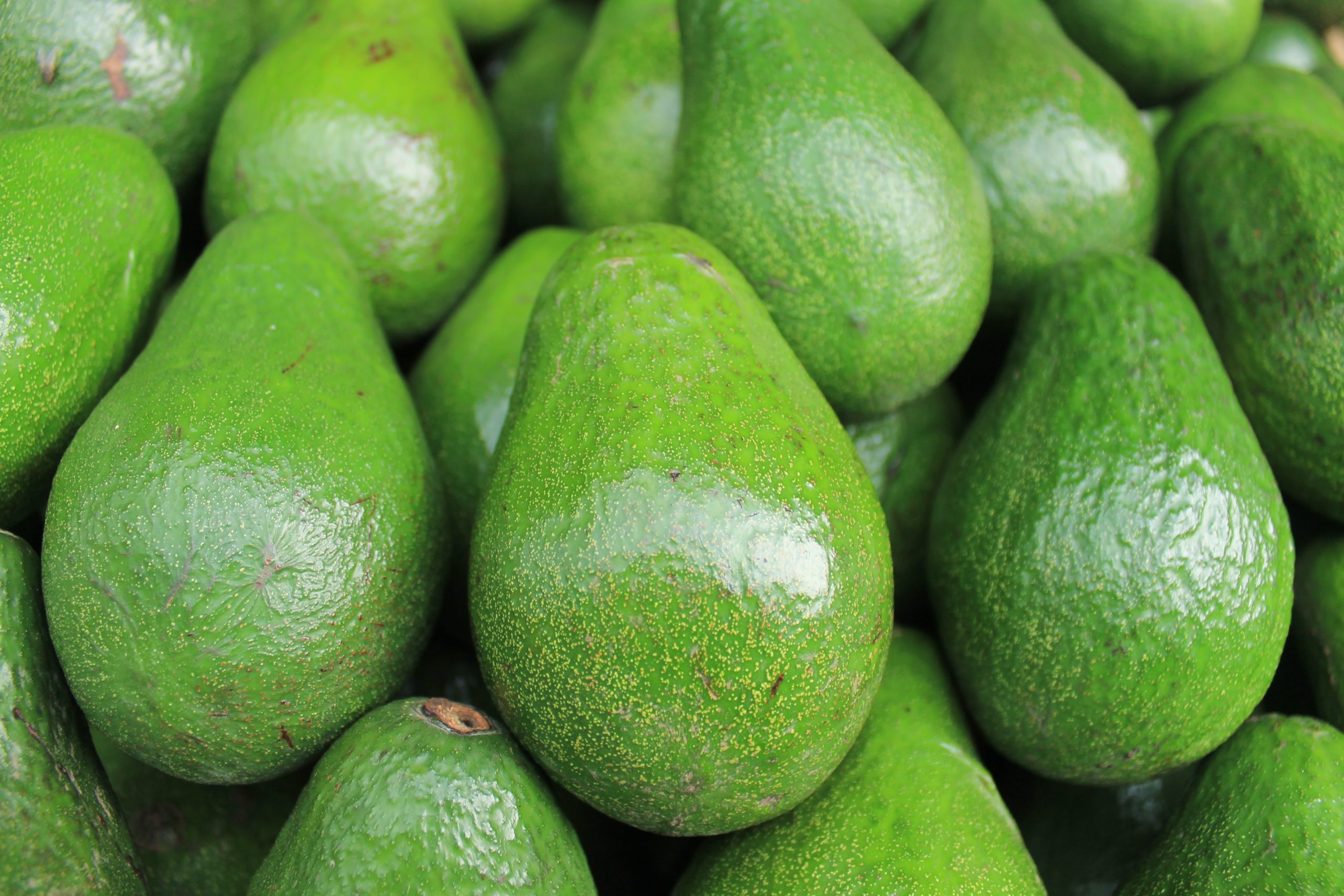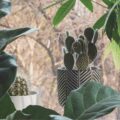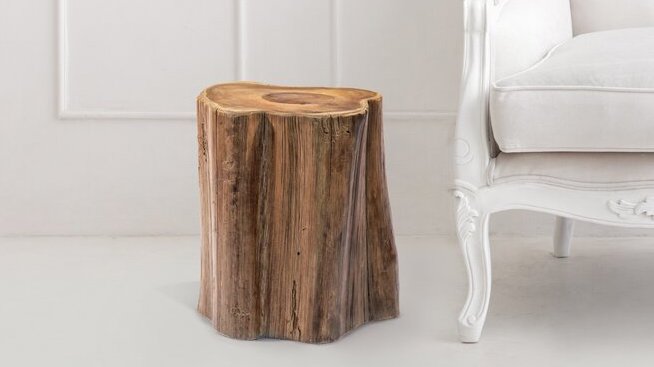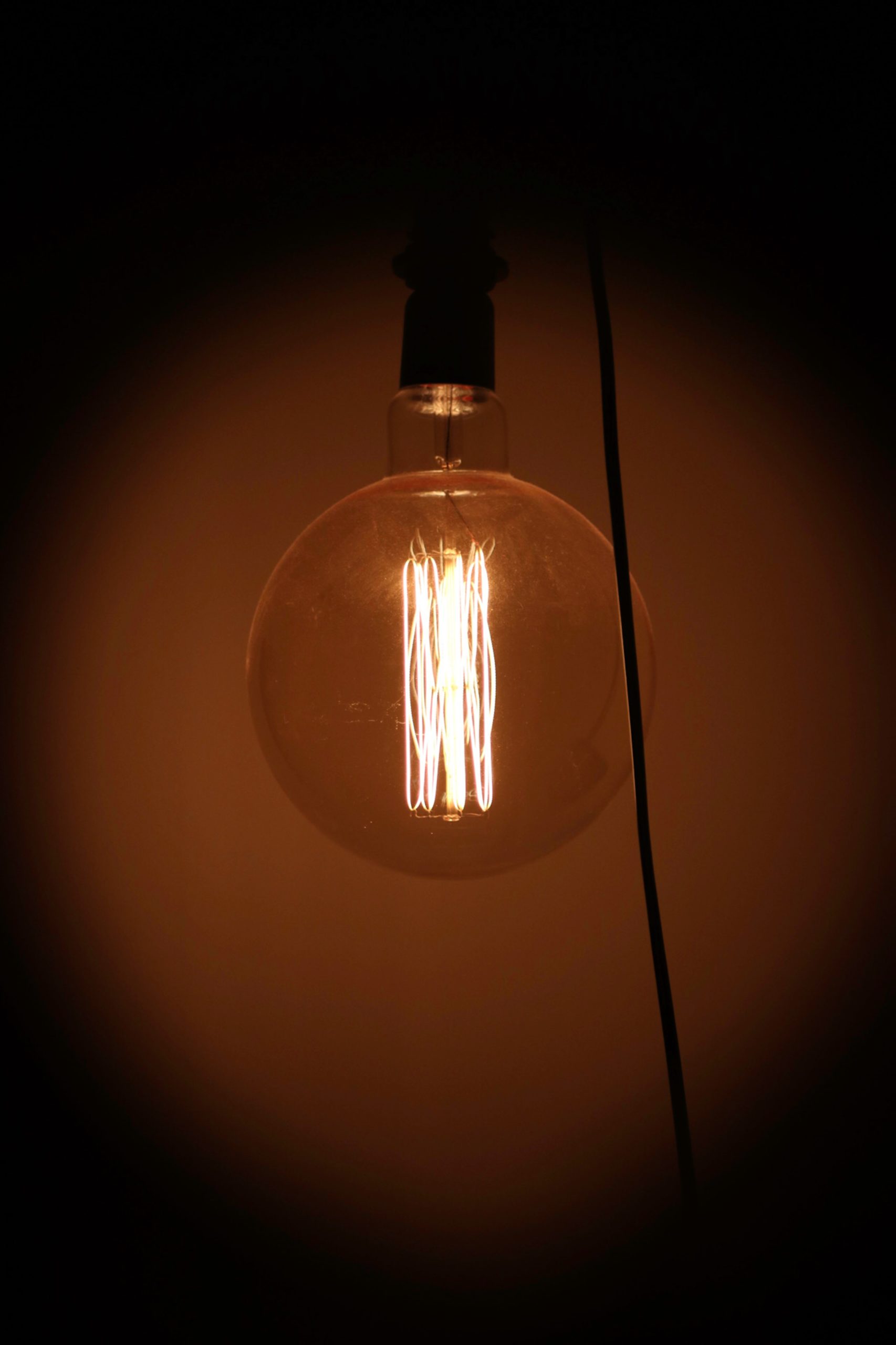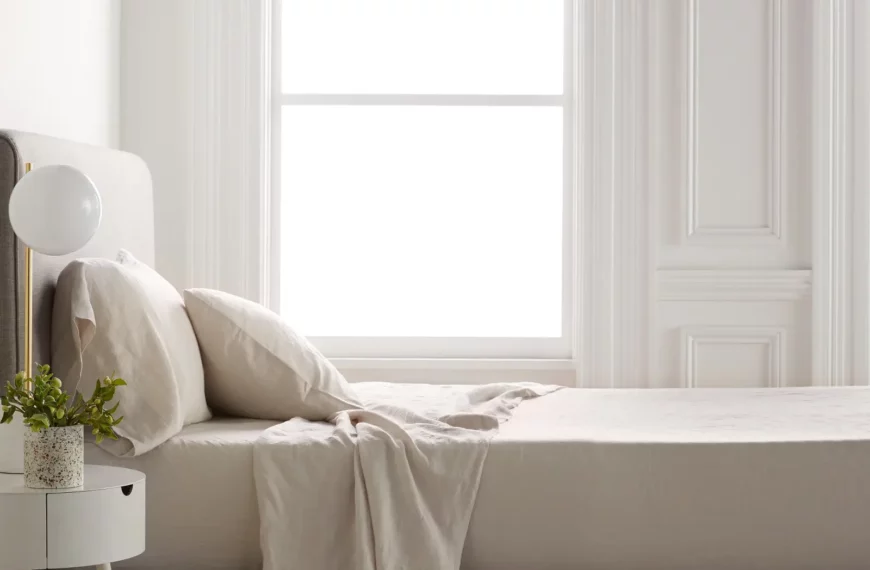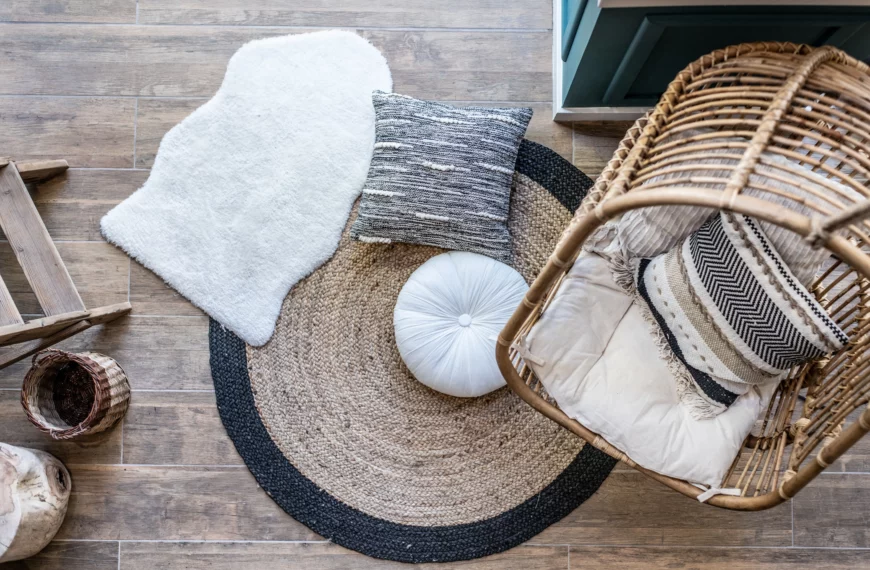Your snake plant is looking amazing and your aloe plant is thriving. Now, it’s time to take the next step in your plant journey and purchase some rare houseplants that are unusual and will have your guests wondering what that plant is.
Finding rare and unusual houseplants can be quite a challenge. For starters, what constitutes a houseplant as being rare is that they aren’t readily available and usually aren’t easily or quickly propagated.
In the past, rare houseplants would usually only be found in someone’s private collection. Thanks to the internet, however, rare indoor plants are easier to find than ever before.
We understand that life is busy and having high-maintenance plants isn’t always the best idea. That’s why we are passionate about sharing unusual houseplants that won’t empty your wallet or be overly stressful to maintain. We also have done all the work for you in providing the best places to buy high-quality rare houseplants.
Our only recommendation? Just don’t wait too long–these beauties usually don’t last long once they’re in stock. Let’s get started!
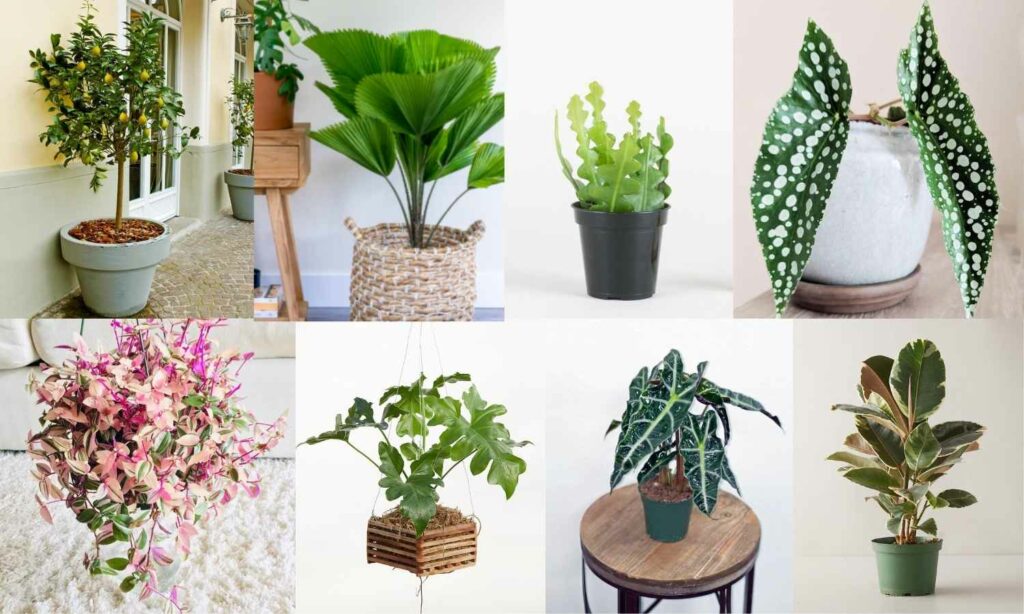
Rare Houseplants
Let’s dive into our top picks for unique houseplants, including details about each plant (as well as a brief guide to buying and caring for each of them).

The (Hanging) Rope Hoya
This strange, braided beauty was my first rare houseplant. Super easy to take care of and able to thrive in both low and bright light, the rope hoya grows beautiful star-shaped pink flowers as it matures.
What it Needs:
- Can thrive in bright and low light
- Place in well-draining soil
- Water about once a week
Additional Recommendation: Plant in a hanging potter or gorgeous macrame planter, as this plant loves plenty of space to trail.

The Angel Wing Begonia
Get a glimpse of the divine with this gorgeous, angel-winged begonia.
What it Needs:
- Lots of indirect light during summer months; lower levels of indirect light in cooler months.
- Water only when the first few levels of topsoil feel dry to the touch.
- An east or west facing window is preferred.
Additional Recommendation: Rare houseplants tend to go really fast on Etsy. If the included link is sold out, you can also purchase the angel wing begonia on Amazon.
RELATED: 9 Best Places to Buy Plants Online (Insta-Worthy Plant Stores)

The Licuala Palm
This rare beauty hails from the humid rainforests of Vanuatu and the Solomon Islands. It’s unique fan-like fronds are sure to make a statement in any room.
What it Needs:
- Place in an area with lots of indirect light and in a pot with well-draining soil.
- Higher levels of humidity (you may need to purchase a humidifier if your air is not naturally humid).
- Make sure that the plant does not get too much sun, as it prefers lower levels of indirect sunlight when first planted.
Additional Recommendation: Showcase in a cute belly basket or aesthetically-pleasing concrete planter to make your licuala palm a gorgeous accent piece.

Rose Succulents
After just discovering these beauties, we’re completely hooked. Amaze your neighbors, friends, and family when they realize that this rare succulent is not actually a real rose.
What it Needs:
- One of the unique factors about this plant is that it doesn’t even need (or want) soil!
- Prefers hot and humid environments (perfect for growing indoors and outdoors)
- Surround the buds with small rocks or pebbles, making it a perfect choice for a terrarium or orb
Note: Make sure to NOT touch the rose bud to soil, as this will cause the plant to die.

The Anthurium (or Queen) Warocqueanum
Don’t let the complicated name of this extremely rare plant scare you away. This tropical beauty, also known as the Queen Waroqueanum, has leaves that can grow to be almost 4 feet long!
What it Needs:
- Plant in a pot with well-draining soil
- Use a high-quality fertilizer (an extended-release fertilizer is recommended).
- Recommended to get lots of sun.
Additional Recommendation: While there are instances of Queen Warocqueanums surviving in cooler environments, we recommend purchasing a quality grow lamp to ensure those beautiful leaves stay big and healthy.

The Split Rock Succulent
You asked for rare & unusual plants; the Split Rock succulent is sure to deliver! These South African succulents are perfect for window sills and are a great choice if you are looking for a plant that thrives on being forgotten.
What it Needs:
- Lots of sun and very little watering (almost none in the summer; moderately in the spring and fall).
- If you are planting inside, use a deep pot with well-draining soil. If kept in the proper conditions, you are sure to see beautiful daisy-shaped golden blooms in the late afternoon.
Additional Recommendation: You might want to pick up a soil moisture meter to make sure that you don’t overwater; you will want to make sure that the soil is completely dry before watering.

Monstera Adansonii
Much smaller than the typical Monstera plant, the Monstera Adansonii loves to trail and is a perfect piece for a south-facing windowsill, desk, or counter that needs a pop of green. It also works well in fluorescent lighting--making this rare plant the perfect choice to brighten up your office or cubicle space.
What it Needs:
- Lots of bright, indirect sunlight or bright, fluorescent lighting.
- High humidity levels and planted in well-draining soil and a pot that has lots of drainage holes.
- Water once every other week. If the leaves seem a bit droopy, mist occasionally between waterings.

Meyer Lemon Tree
Did you know that you can grow real lemons without a massive tree. In fact, you can even do it in an apartment!
Grow beautiful Meyer lemons with this rare fruit tree that will make any room in your home seem like a tropical paradise.
What it Needs:
- At least 6 (more is preferred) hours of bright, indirect sunlight.
- Water deeply every 6 to 10 days in the summer; check soil moisture levels before watering during the rest of the year.
- Fertilize regularly between April-September. We recommend using this high-quality organic fruit tree fertilizer.
Additional Recommendation: Meyer lemons just aren’t your thing? Take a look at this stunning olive tree, clementine tree, or key lime tree for alternative options that can thrive indoors!

Night-Blooming Jasmine
Adaptable to almost any environment, you are sure to love this plant as it fills your home with its sweet fragrance (NOT recommended for those with allergies to jasmine).
What it Needs:
- These are tropical plants so they do need lots of bright, direct sunlight.
- Otherwise, they require very little care. Make sure to water occasionally.

The Crocodile Fern
Native to Southeast Asia, the crocodile fern is a must-have for rare plant enthusiasts! A fern that is very hard to kill, it is also a great pick for beginners. Plus, it’s on the more affordable side, so you don’t have to worry about wasting hundreds in case your green thumb doesn’t come through.
What it Needs:
- Bright, indirect light (avoid direct sun)
- Keep evenly moist
- Fertilize in the spring

Fishbone Cactus
This gorgeous, fairy-tale like plant features foliage in a zig-zag design. Boasting ornate flowers that produce a subtle fragrance in maturity, this is a rare plant that is both easy to care for and beautiful to look at.
What it Needs:
- Bright, indirect light
- Water when the first two inches of soil feel dry to the touch; less so in the winter.

Rainbow Tradescantia Albiflora
Known by its popular name, Wandering Jew, this rare, variegated type boasts pink, burgundy, purple and green colors–sometimes all in the same leaf! Although it needs some care, it’s a beautiful plant that will truly stand out.
What it Needs:
- Low light or bright, indirect light
- Well-draining soil
- Water about every other week; check soil moisture levels to see how often it needs watered in your environment.

Ruby Ficus
A beautiful tropical plant that is sure to give your space a fresh look with its pink, white and green tri-color foliage.
What it Needs:
- At least 3 hours of bright, direct sunlight
- Very little water–let soil completely dry out before re-watering
- Humid environment or misted regularly

Alocasia Polly
Also known as Elephant’s Ear, this gorgeous plant features sword-shaped leaves that are easy to maintain and add a fun vibe to any space.
What it Needs:
- Low to Bright Indirect Light
- Watered Occasionally
- Loves humidity–a kitchen or bathroom would be a perfect space!

Philodendron Revolution Plant
An extremely rare plant, this philodendron can grow to two to three feet tall! The whirly leaves are sure to add some fun to any space.
What it Needs:
- Watered every 7-9 days in the warmer months or every 2-3 weeks in the winter
- Well draining soil
- Bright, indirect light (not near a window or in front of direct sun, as this will scorch the leaves)
- Fertilize throughout growing season; re-pot every 2-3 years
